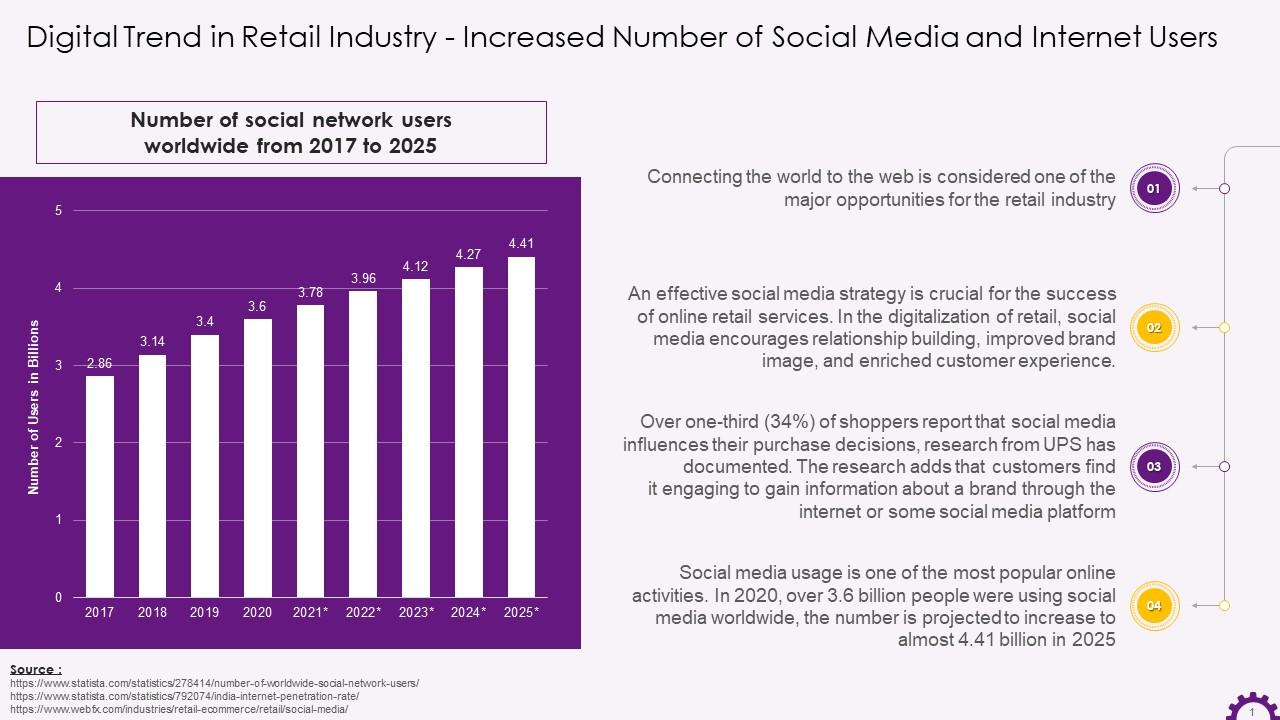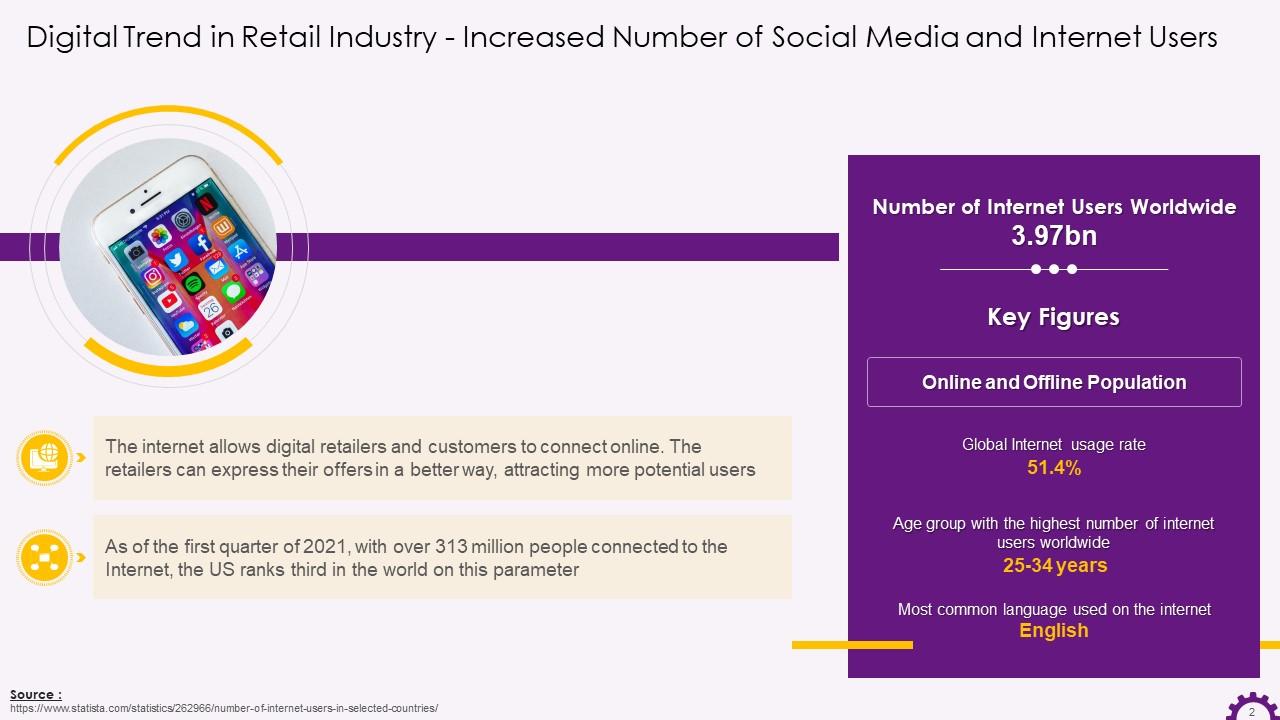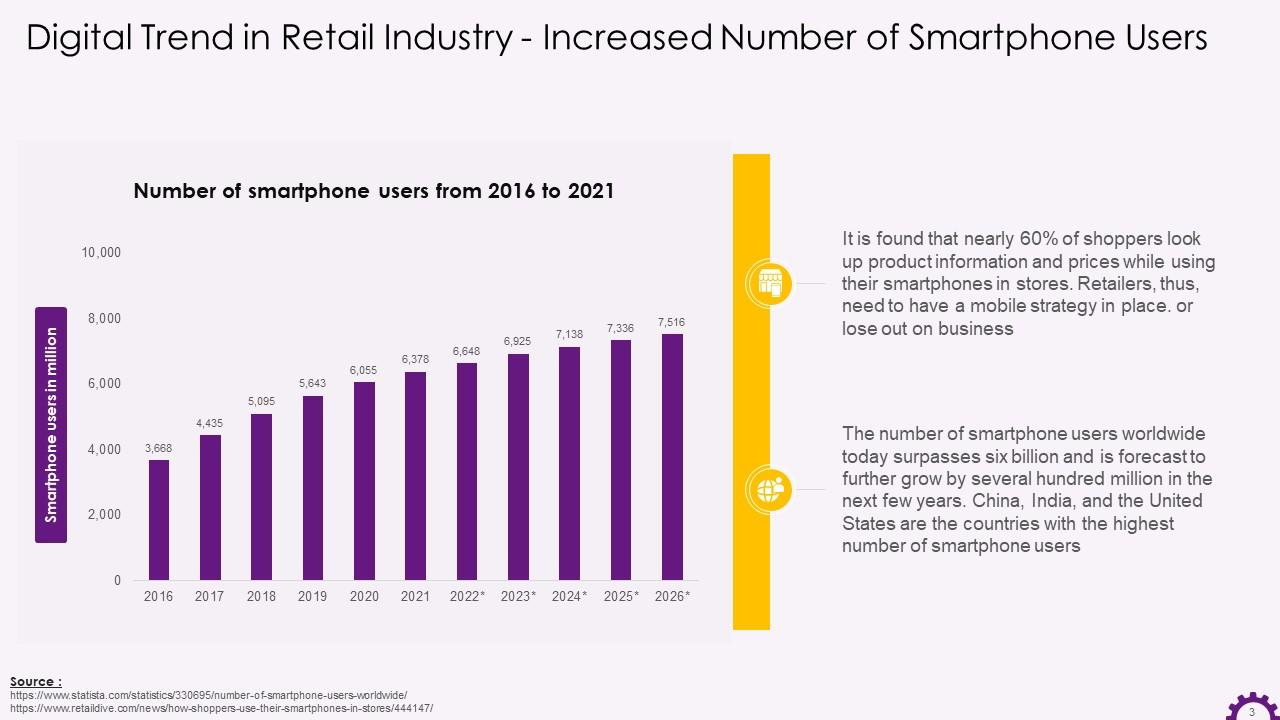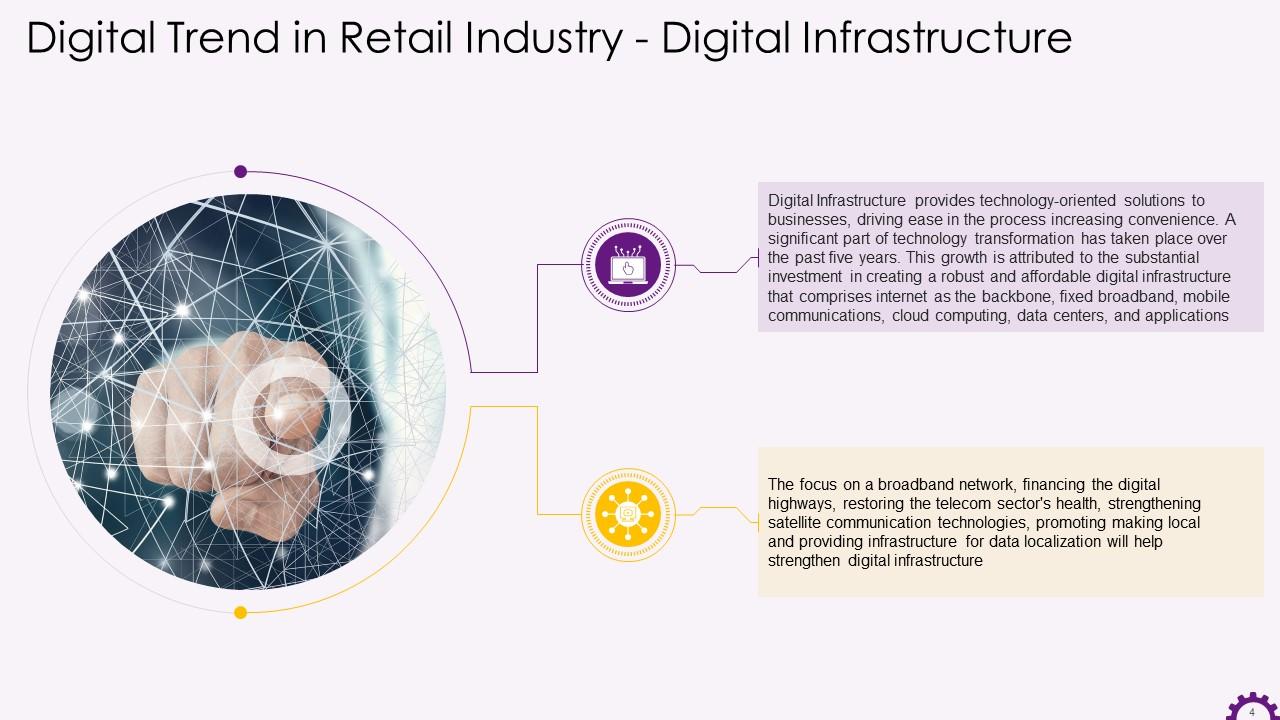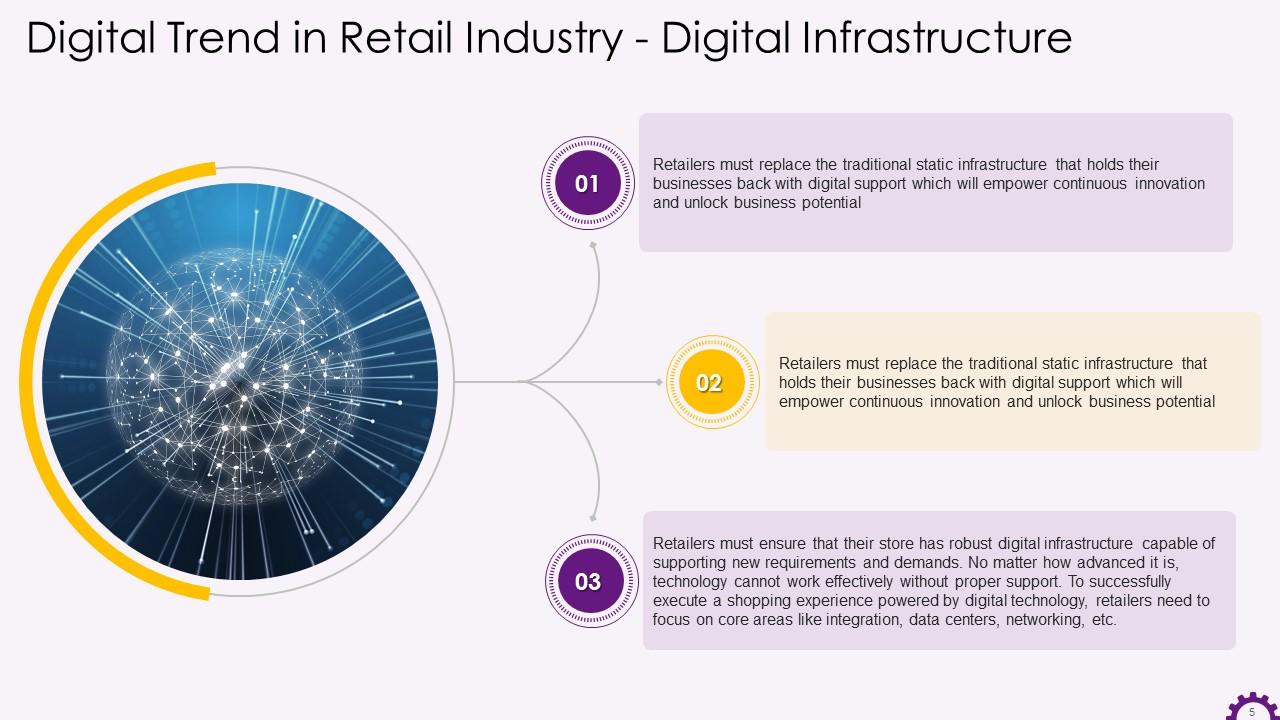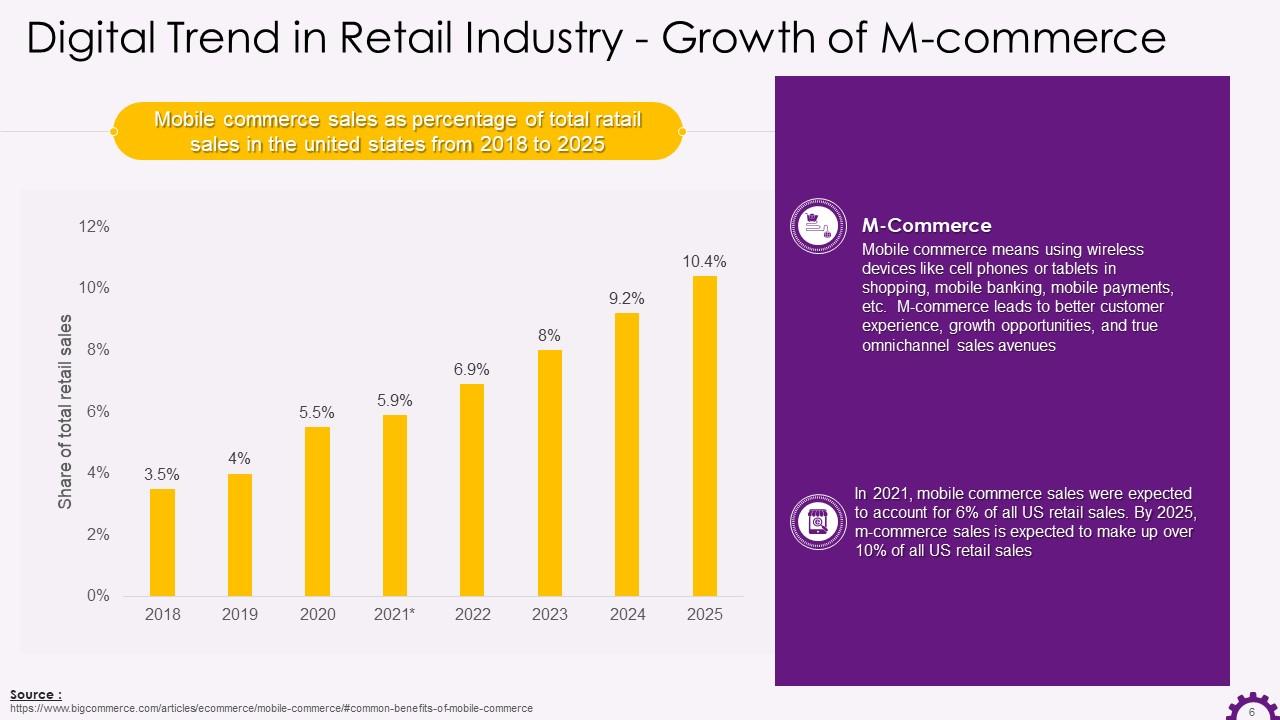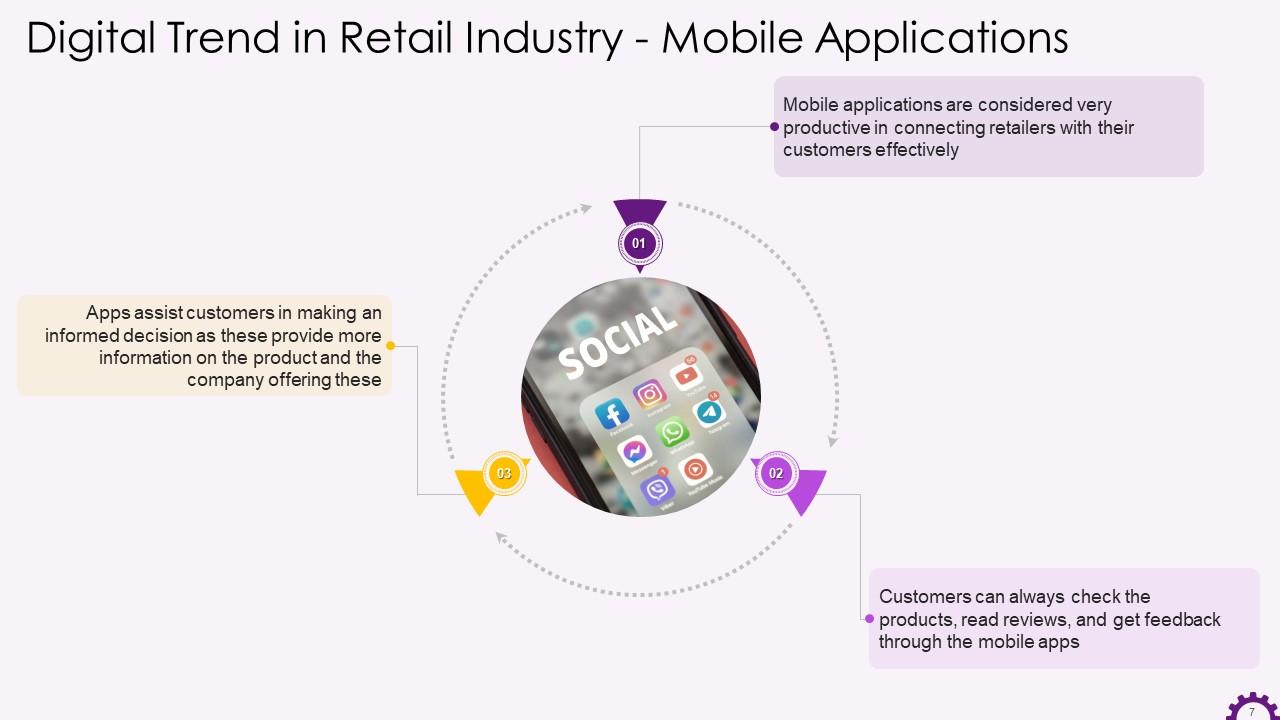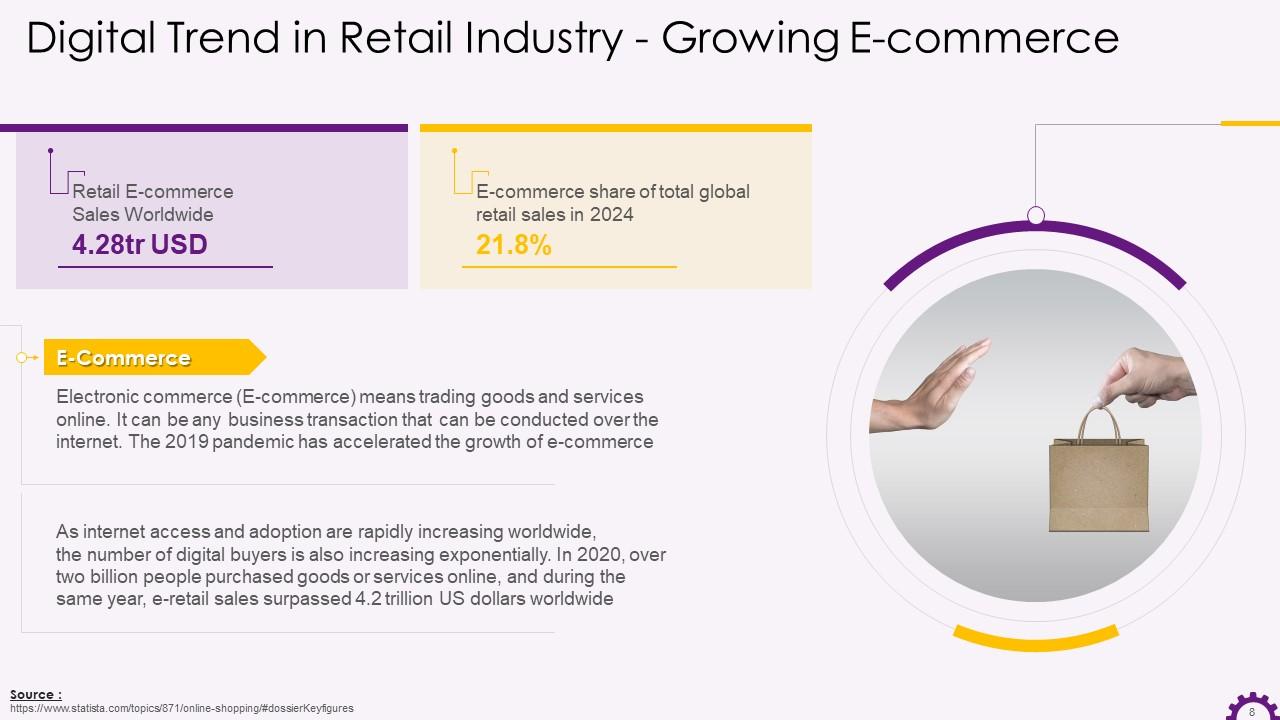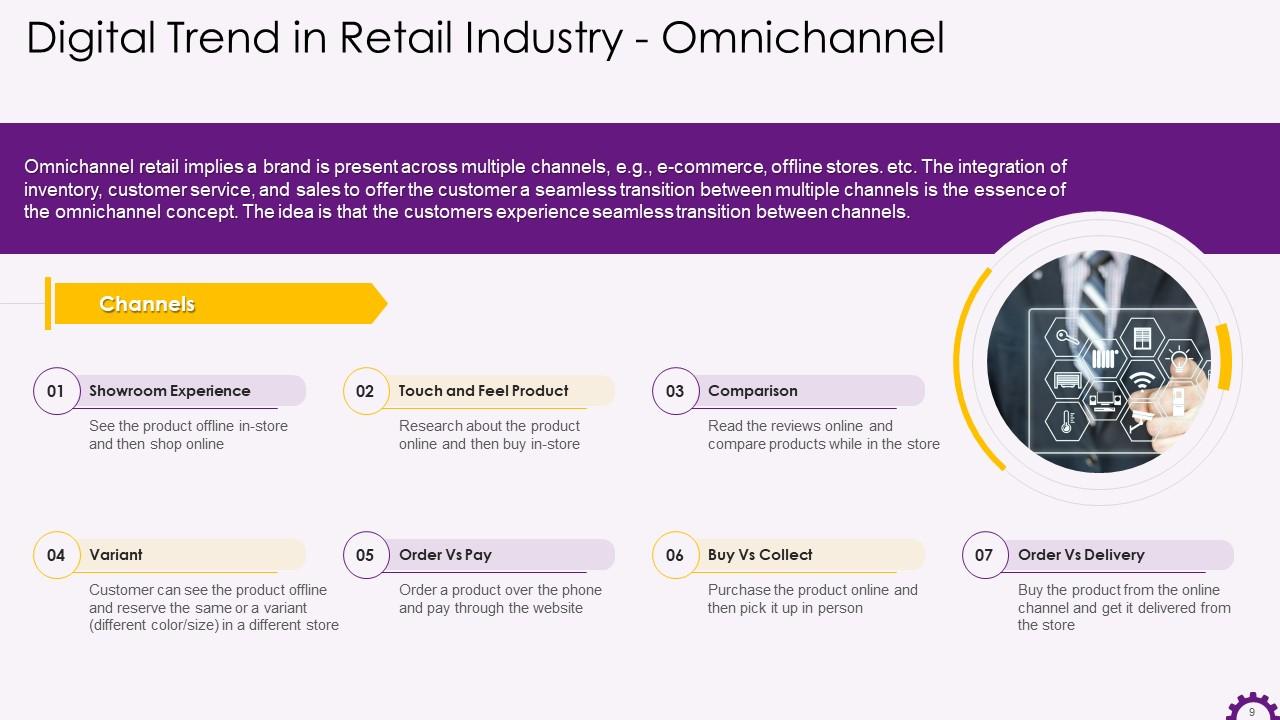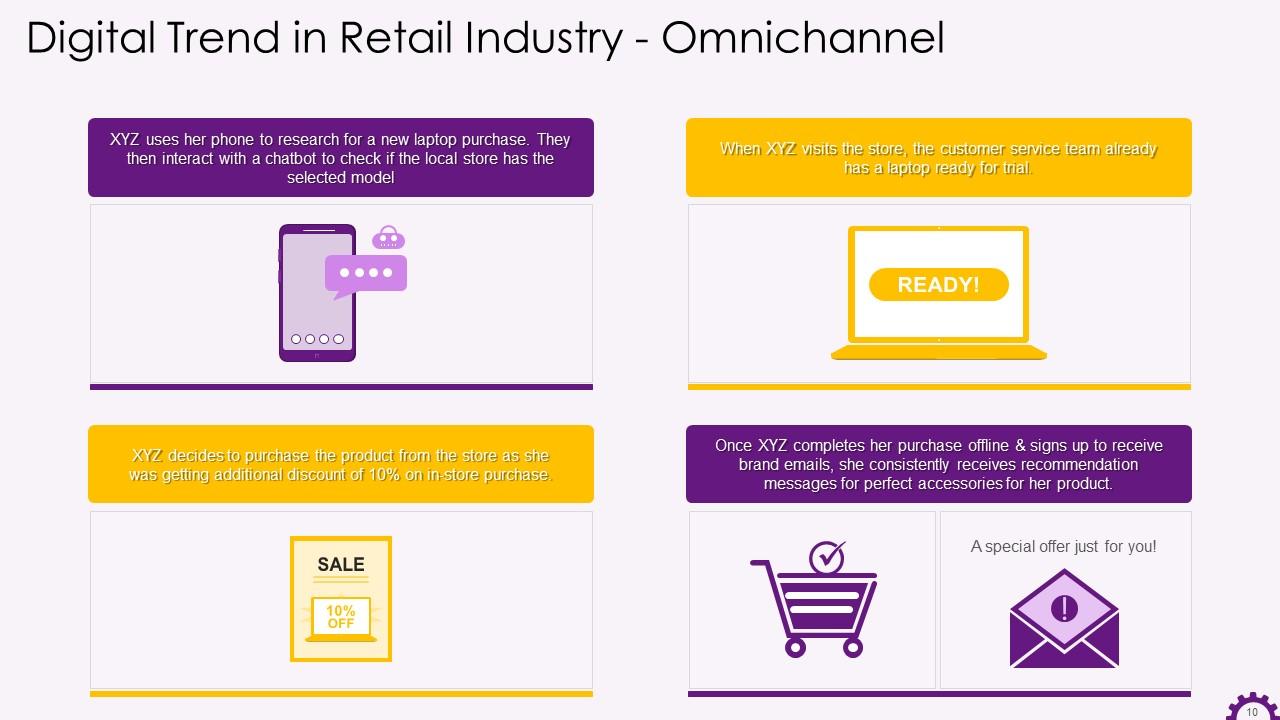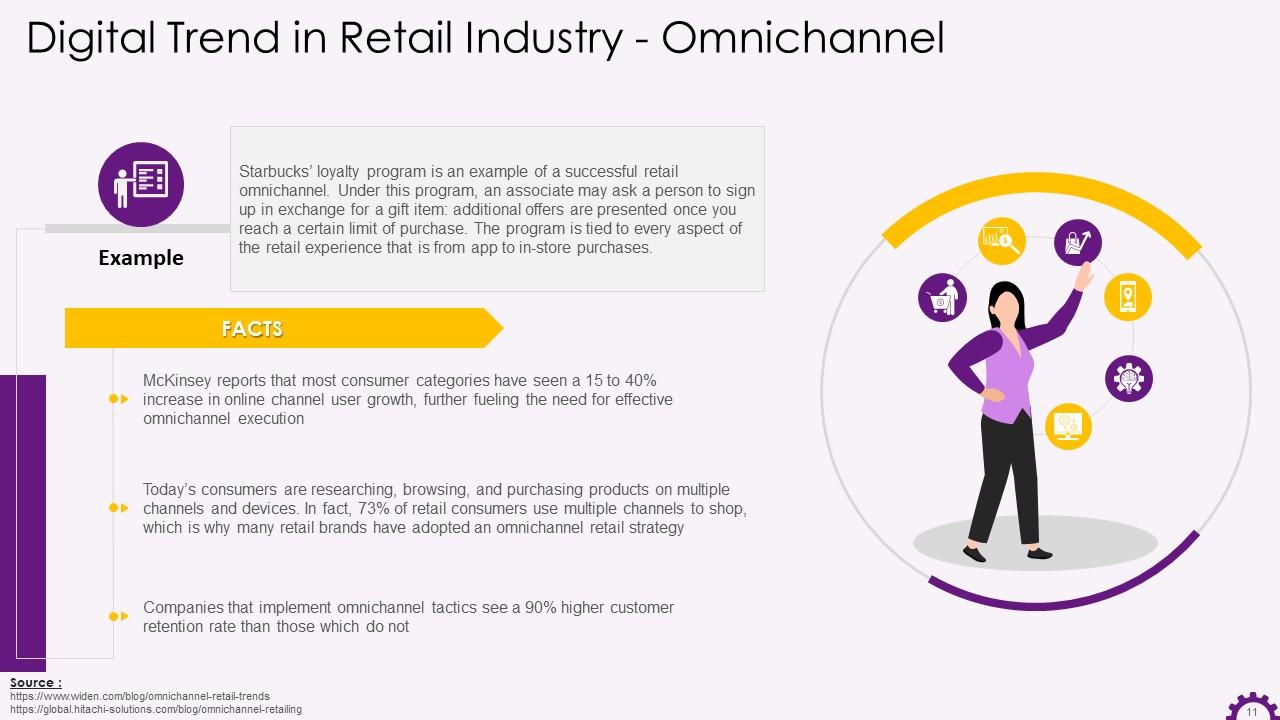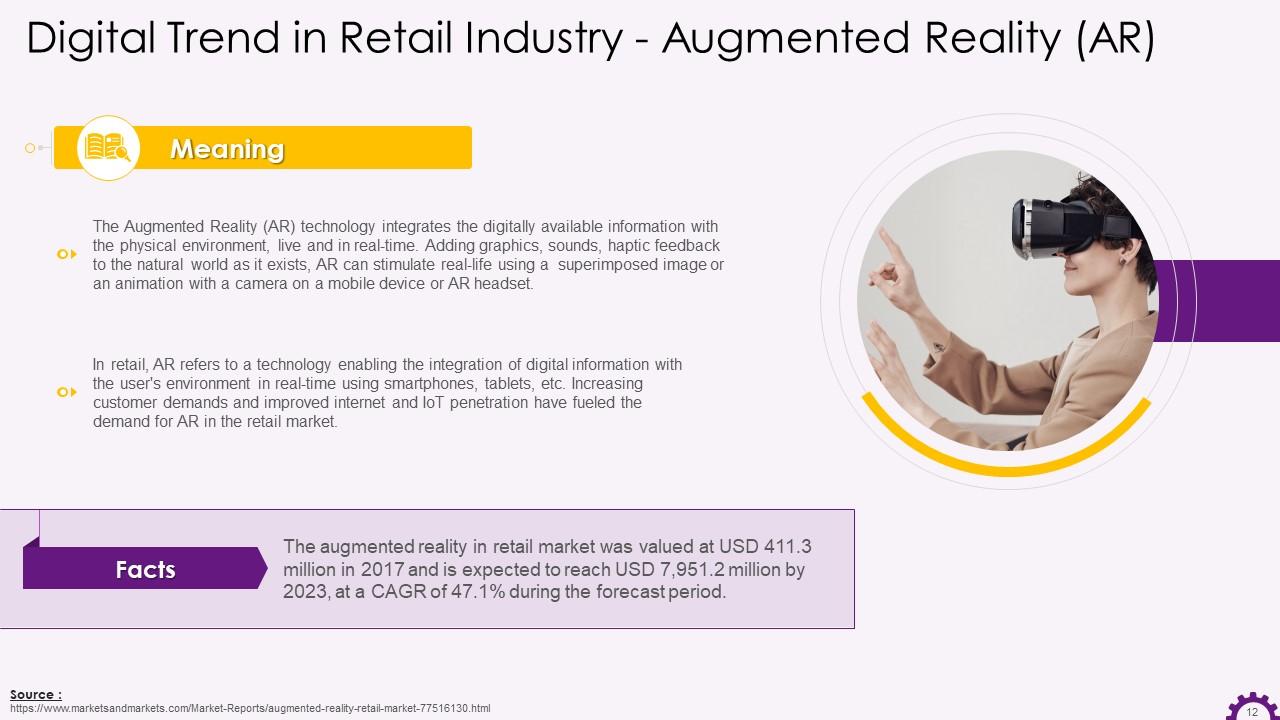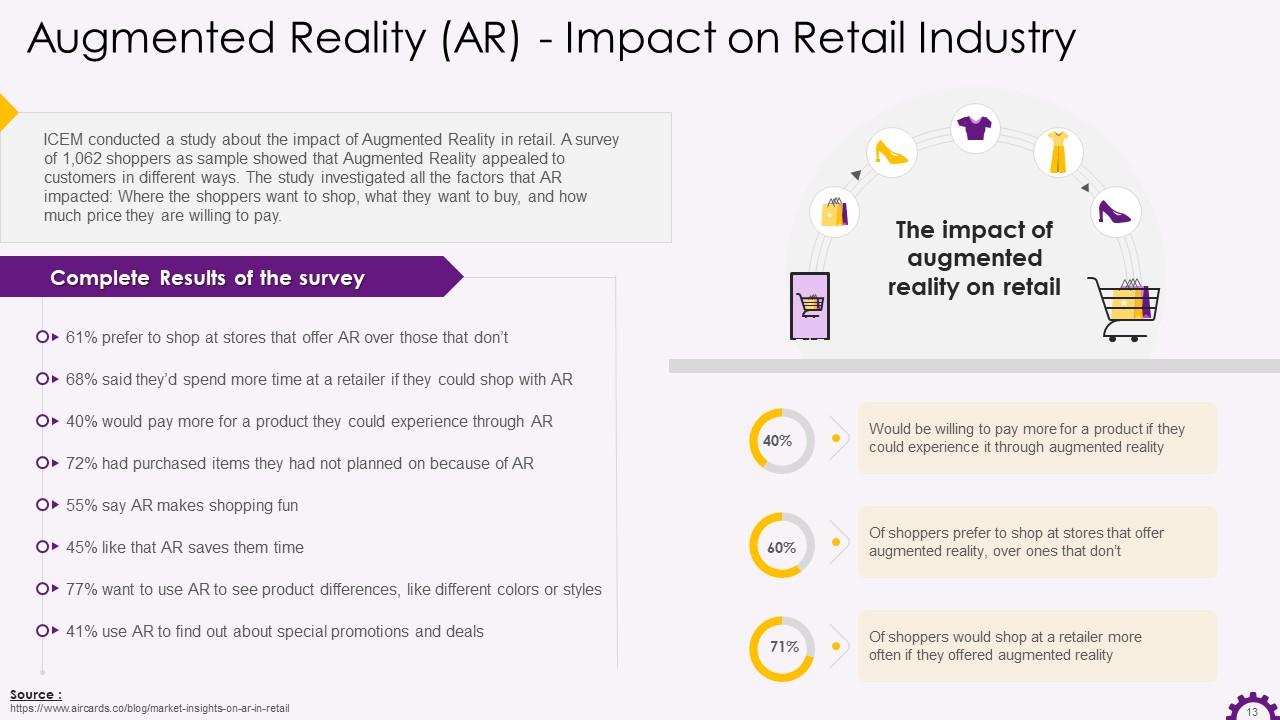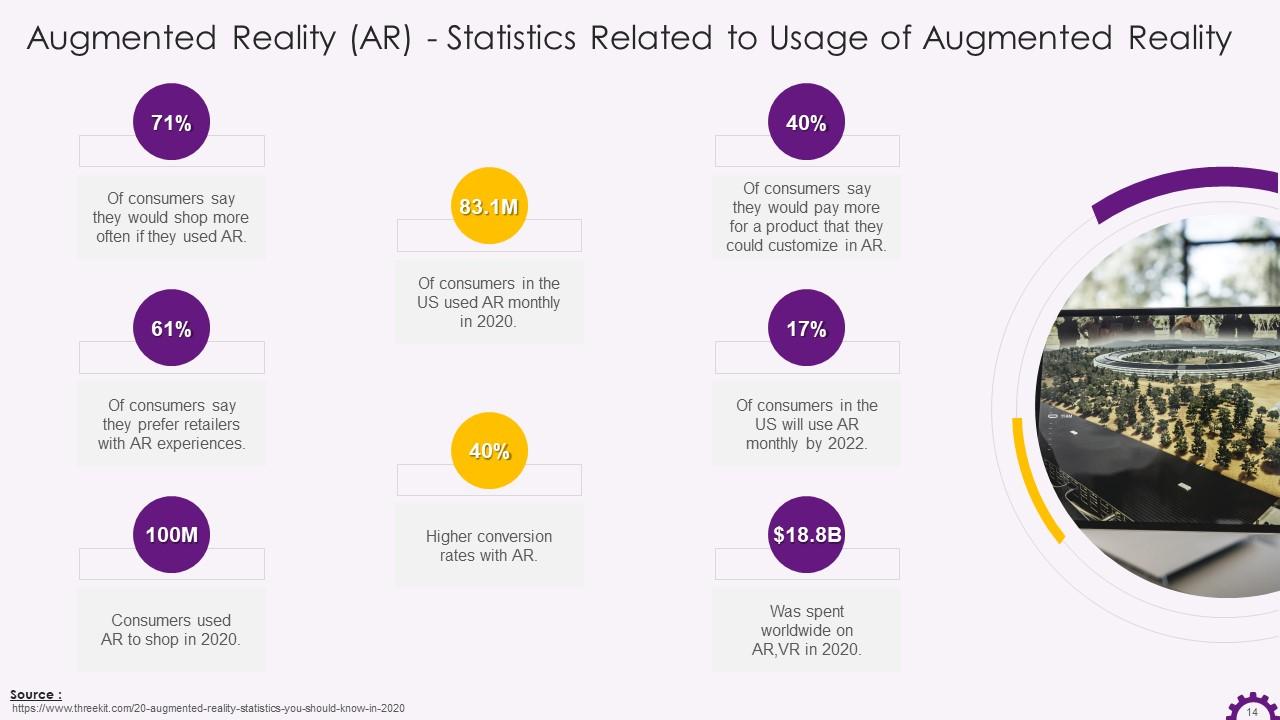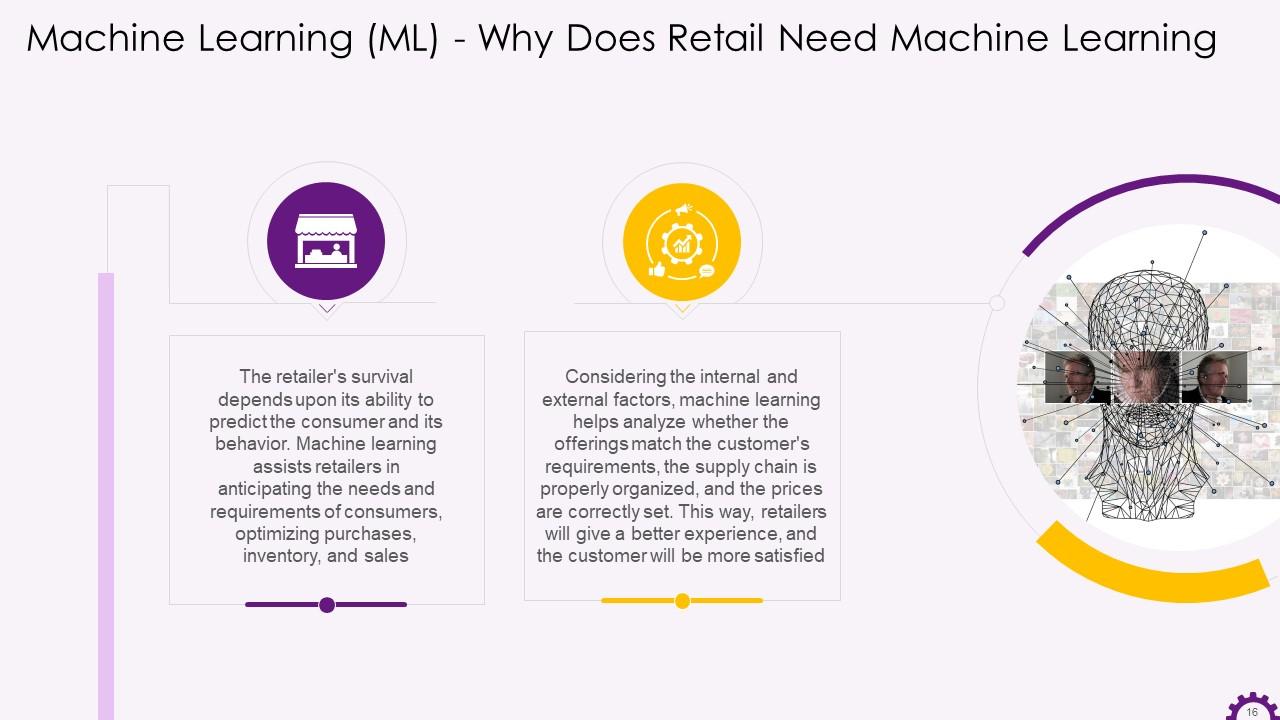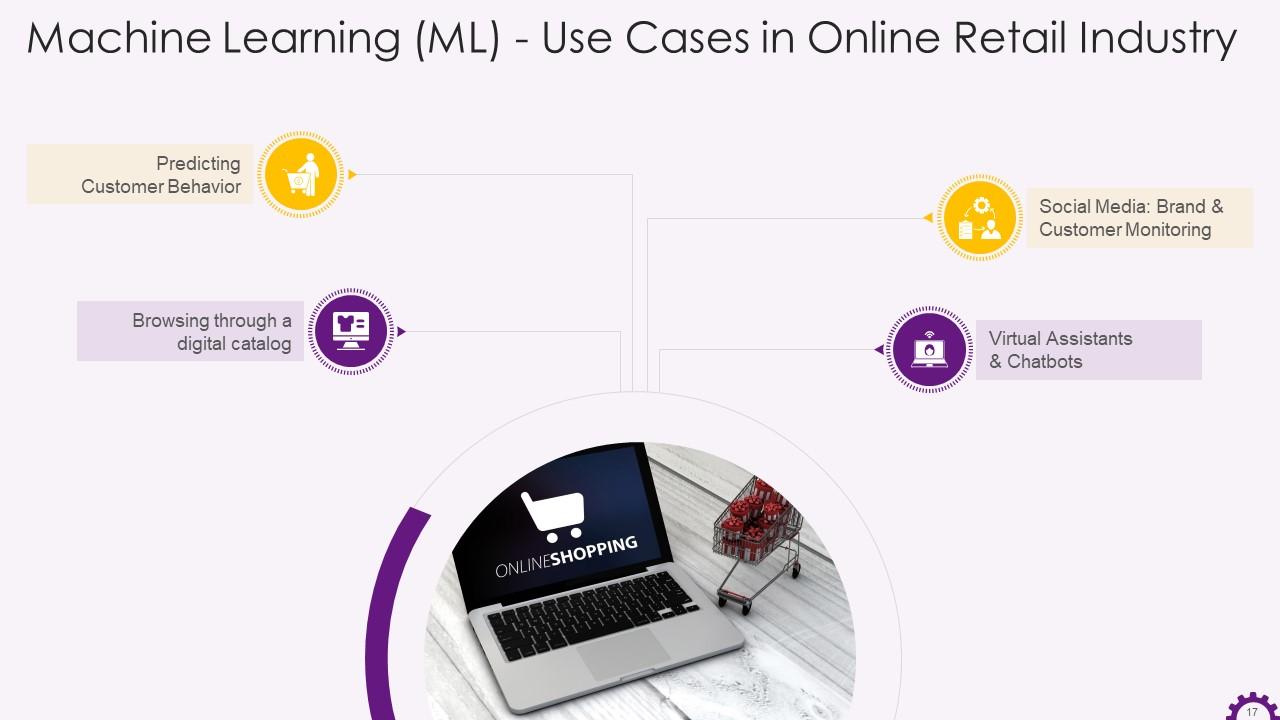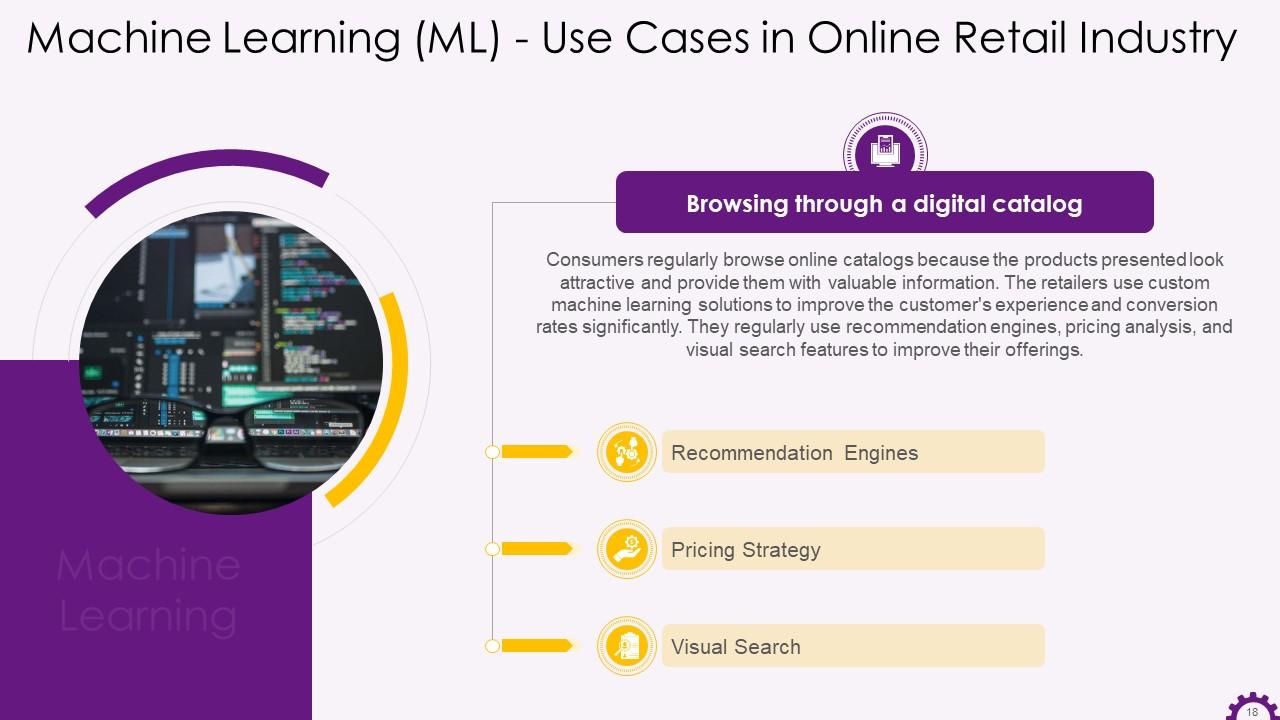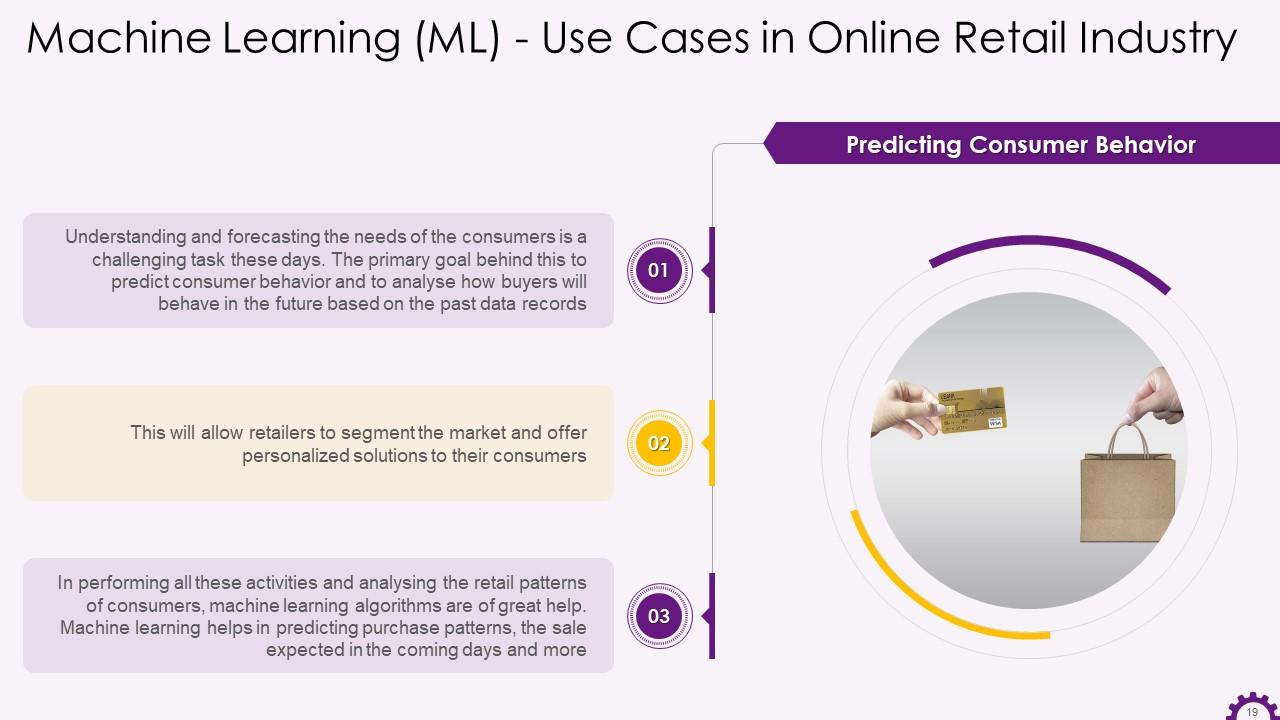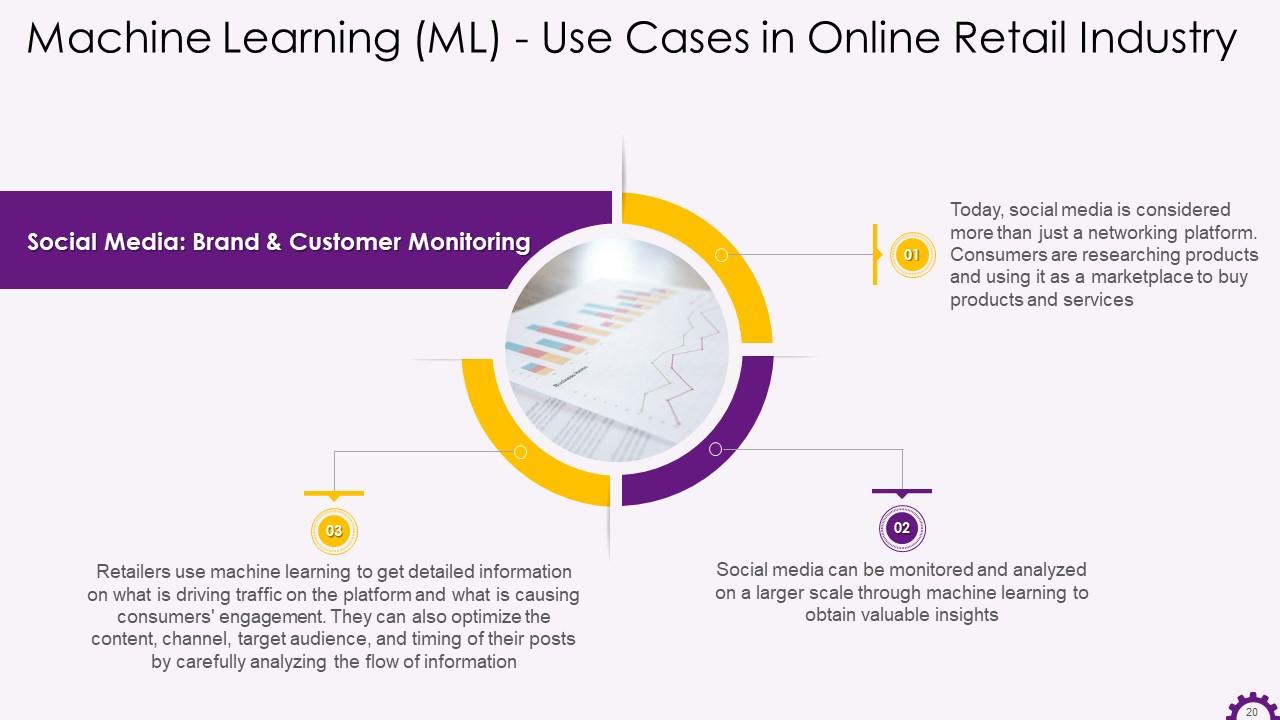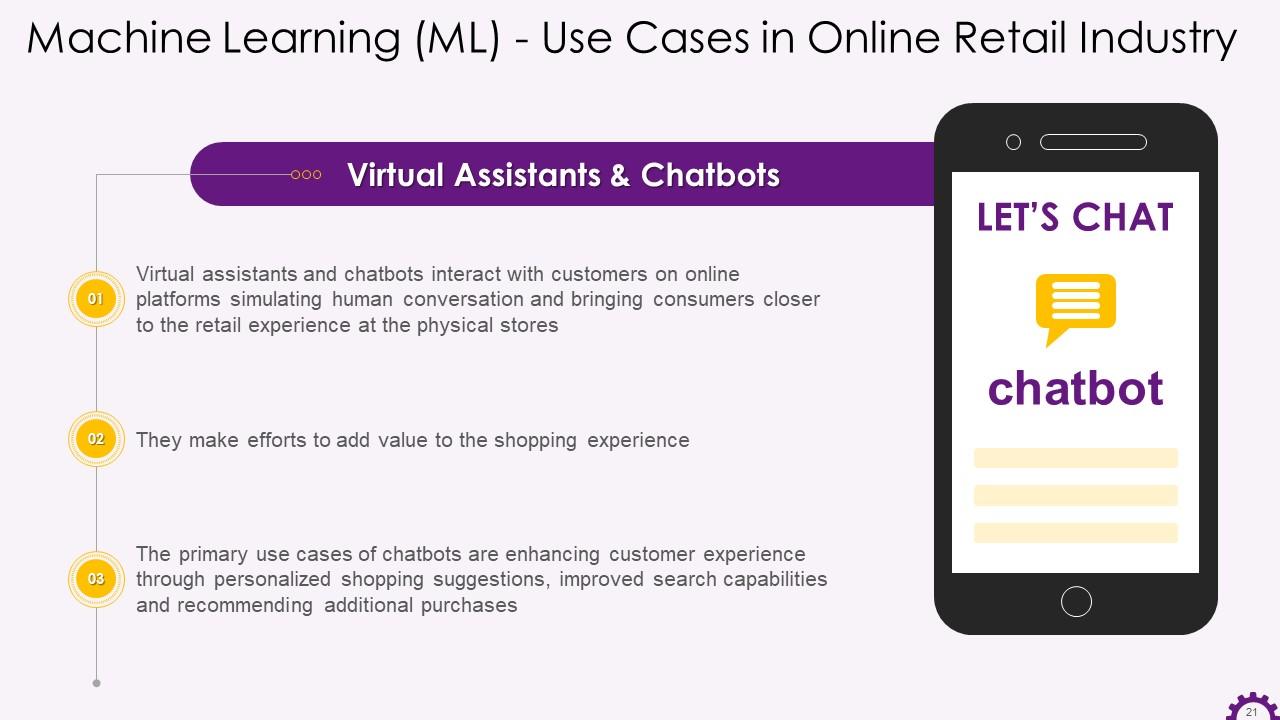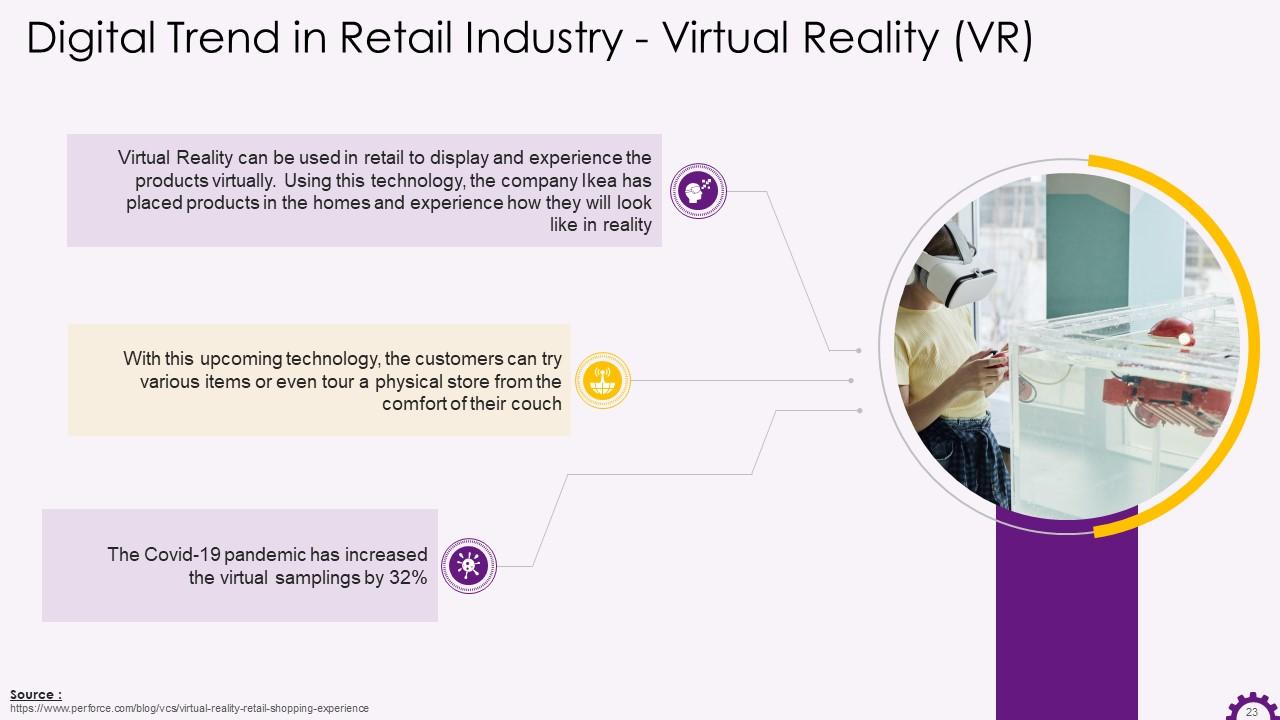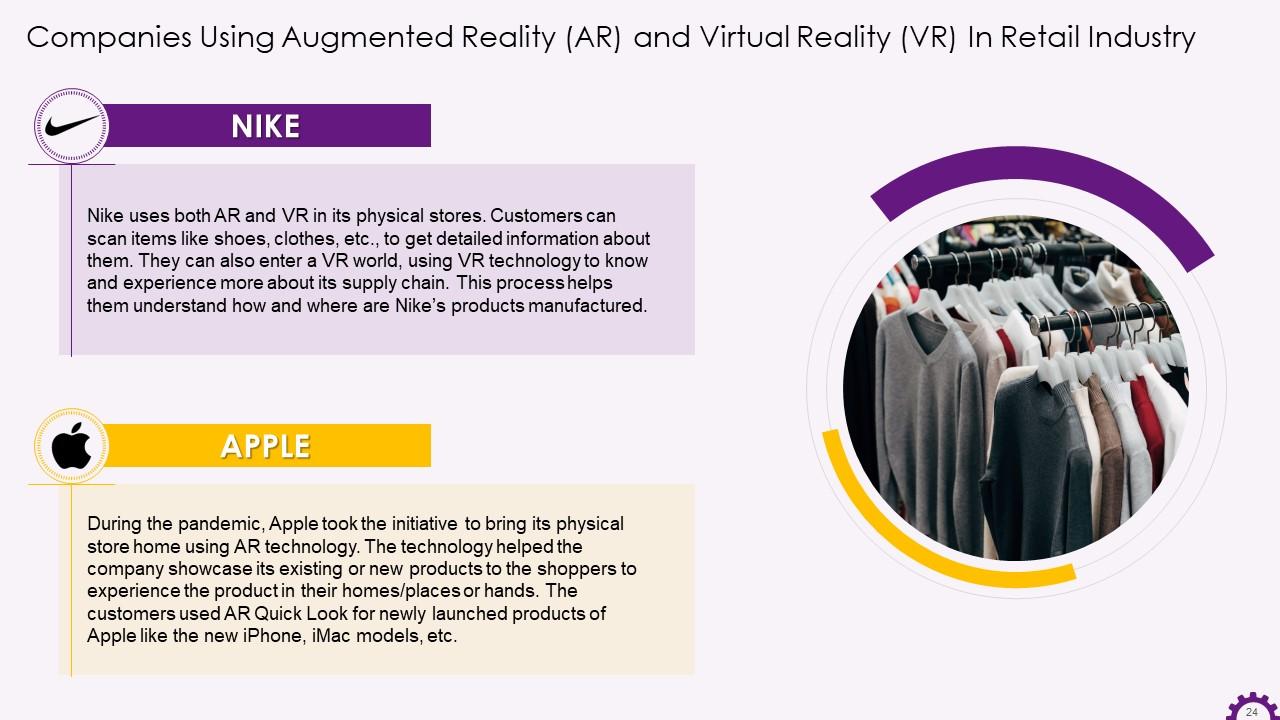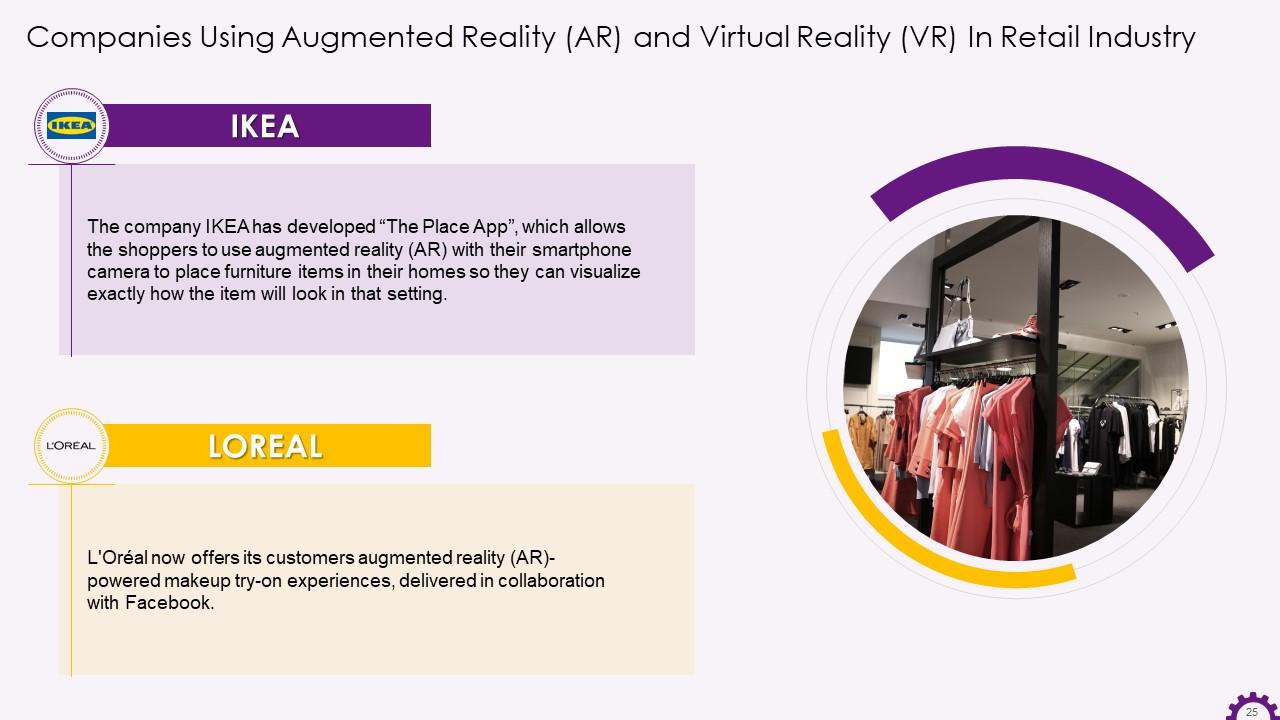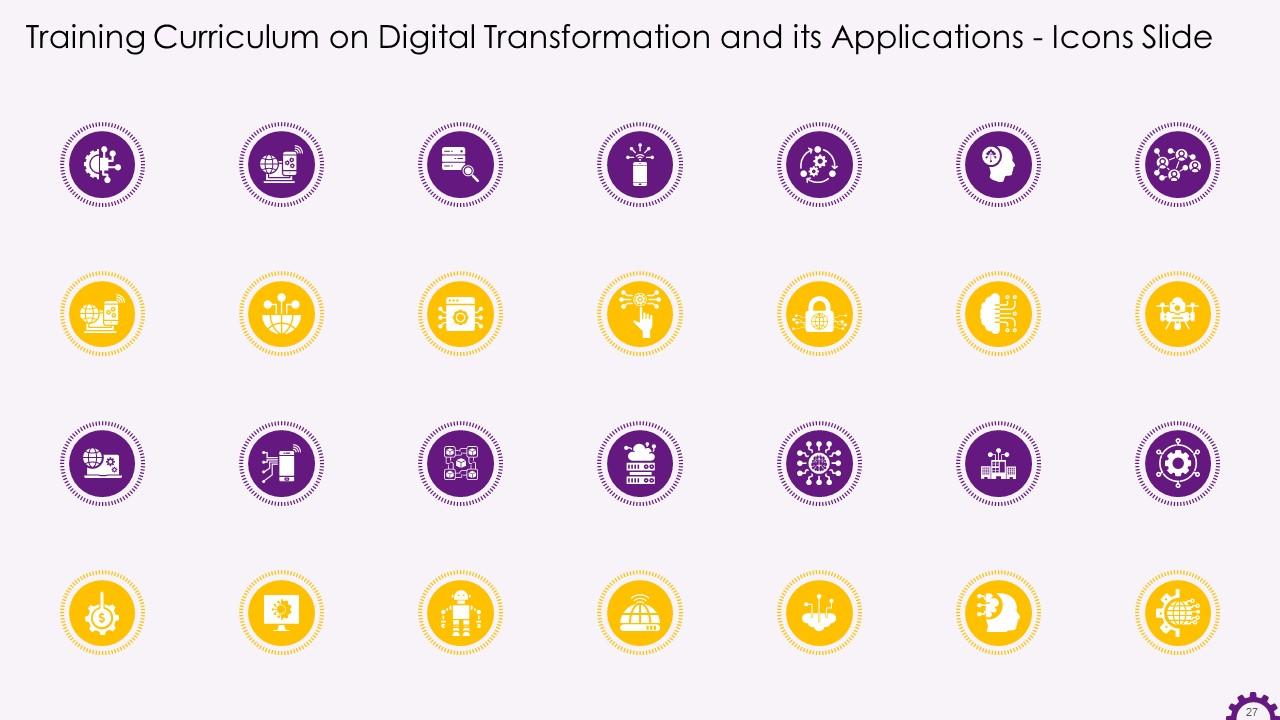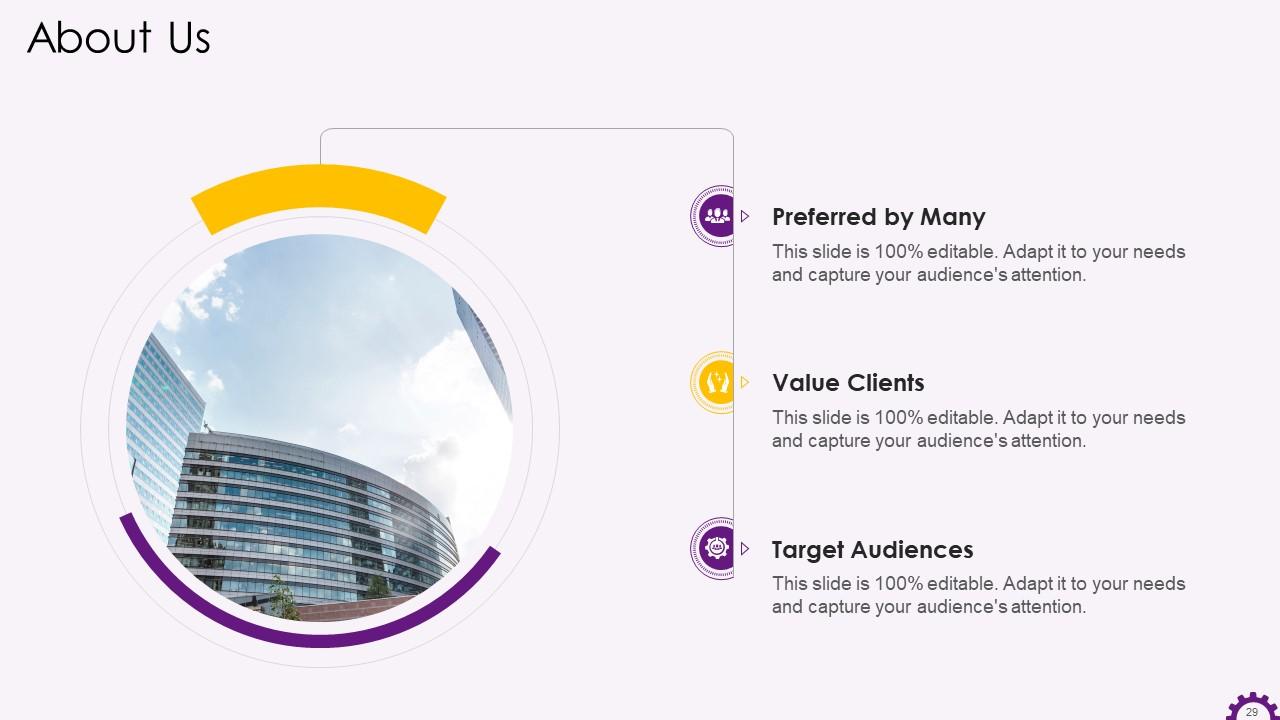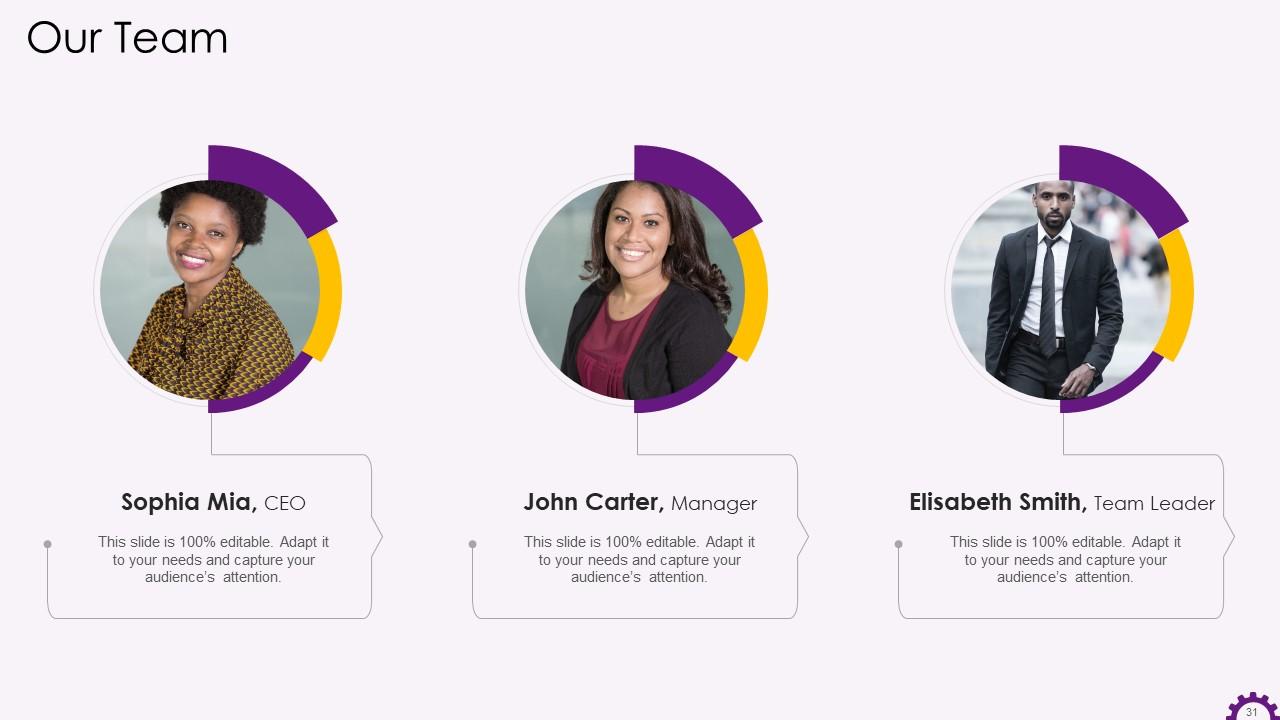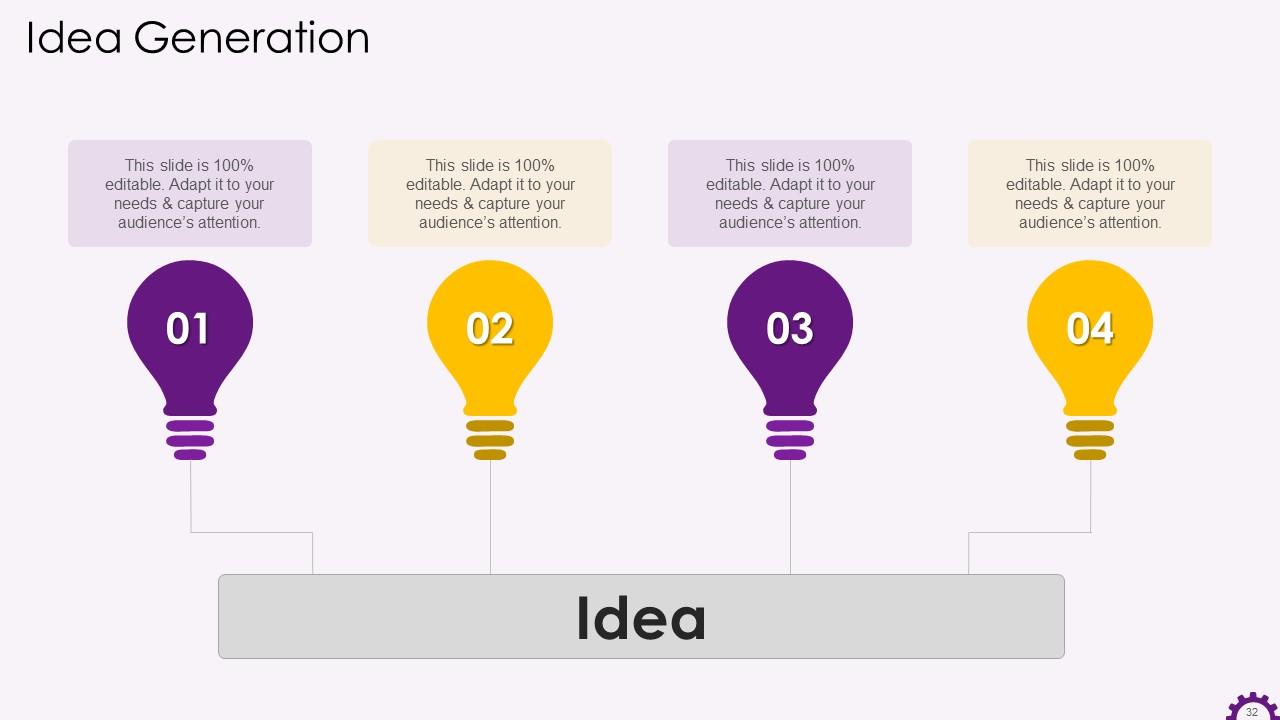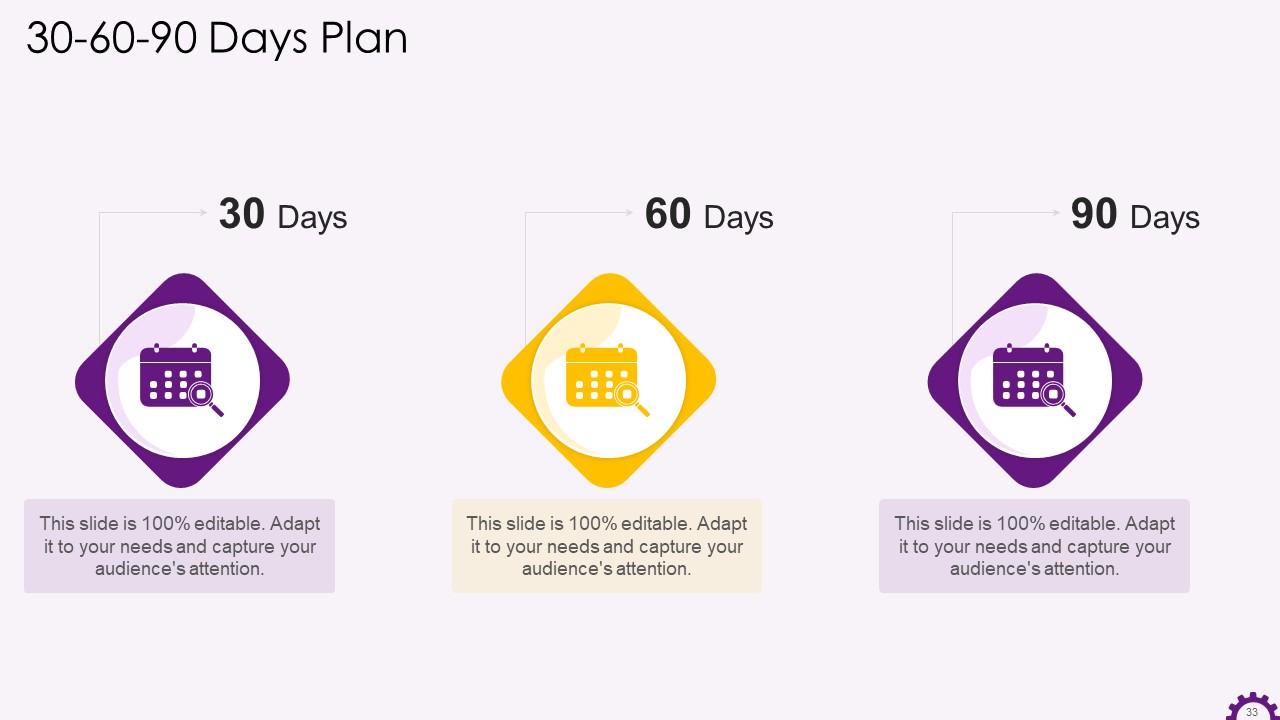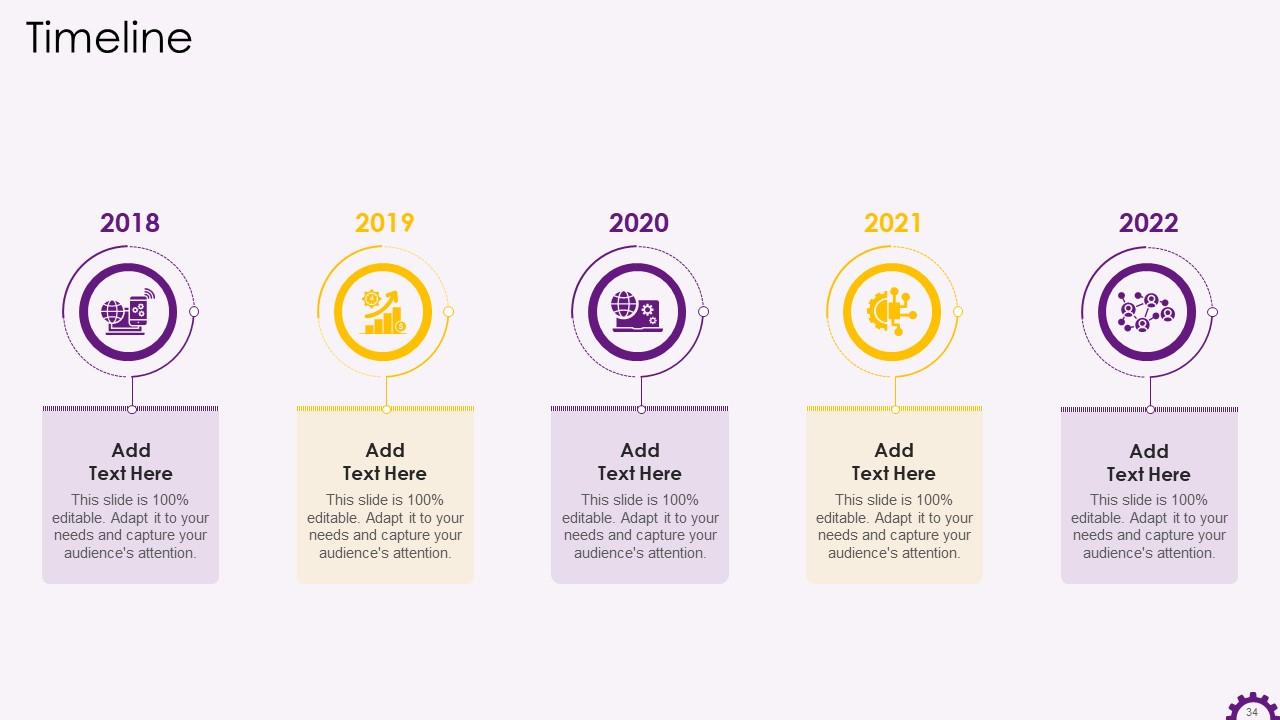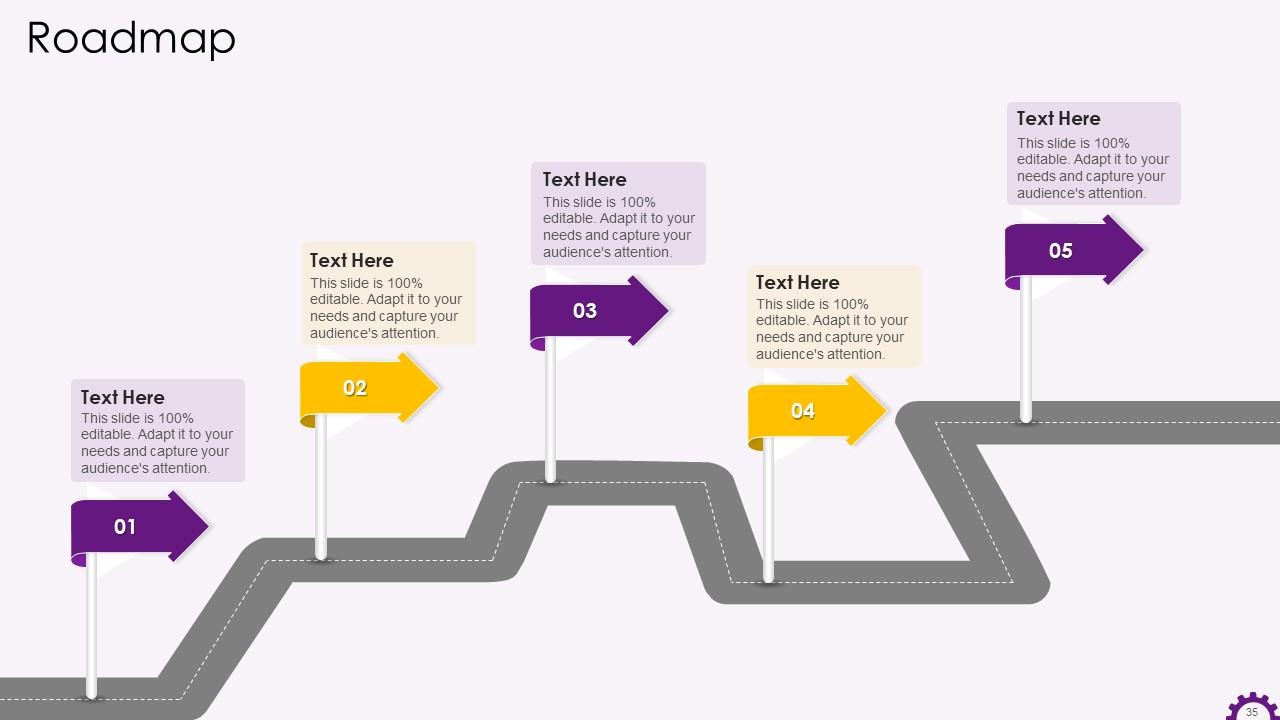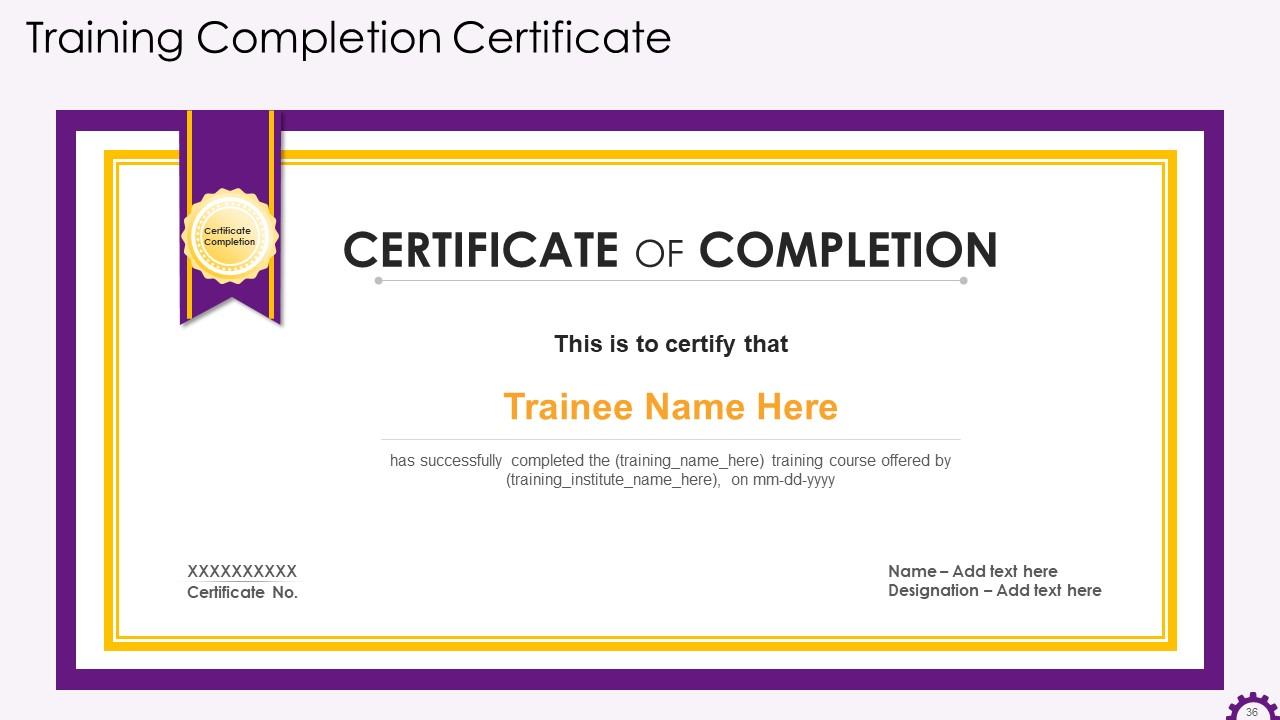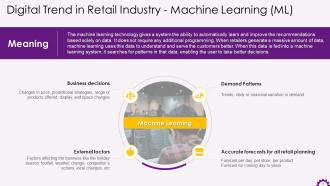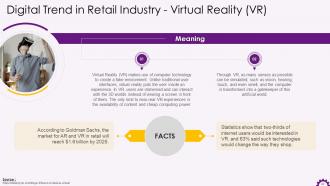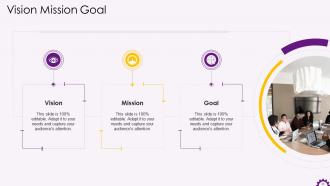Digital Trends Driving Transformation In Retail Industry Training Ppt
These slides in detail cover the recent digital trends in the retail industry, such as the increased number of internet and smartphone users, the availability of digital infrastructure, and the growth of m-commerce and e-commerce.
- Google Slides is a new FREE Presentation software from Google.
- All our content is 100% compatible with Google Slides.
- Just download our designs, and upload them to Google Slides and they will work automatically.
- Amaze your audience with SlideTeam and Google Slides.
-
Want Changes to This PPT Slide? Check out our Presentation Design Services
- WideScreen Aspect ratio is becoming a very popular format. When you download this product, the downloaded ZIP will contain this product in both standard and widescreen format.
-

- Some older products that we have may only be in standard format, but they can easily be converted to widescreen.
- To do this, please open the SlideTeam product in Powerpoint, and go to
- Design ( On the top bar) -> Page Setup -> and select "On-screen Show (16:9)” in the drop down for "Slides Sized for".
- The slide or theme will change to widescreen, and all graphics will adjust automatically. You can similarly convert our content to any other desired screen aspect ratio.
Compatible With Google Slides

Get This In WideScreen
You must be logged in to download this presentation.
PowerPoint presentation slides
Presenting Digital Trends driving Transformation in Retail Industry. This PPT presentation is thoroughly researched by the experts, and every slide consists of appropriate content. All slides are customizable. You can add or delete the content as per your need. Download this professionally designed business presentation, add your content, and present it with confidence.
People who downloaded this PowerPoint presentation also viewed the following :
Content of this Powerpoint Presentation
Slide 1
This slide depicts why and how the increased adoption and usage of social media has impacted the retail sector worldwide. It also shows key statistics relating to the increase in social media users from 2017 to 2025.
Slide 2
This slide depicts why and how the increased number of internet users has impacted the retail sector worldwide. It also shows the key statistics on increase in internet users.
Slide 3
This slide depicts why and how the increased number of smartphone users has impacted the retail sector worldwide. It also shows the statistics related to the increase in smartphone users from 2016 to 2021 and the expected growth in numbers by 2026.
Slide 4
This slide explains the concept of digital infrastructure in retail and how it improves the retail process. It explains that the focus on technology, networking like broadband networks, financing the digital highways, restoring the telecom sector’s health, providing efficient infrastructure for data localization will help strengthen the country’s digital infrastructure.
Slide 5
This slide explains the concept of digital infrastructure in retail and how it assists in improving the retail processes. It focuses on a robust digital infrastructure that can support new requirements and customer demands. It also mentions that to execute an effective retail experience, retailers should consider core areas like integration, data centers, networking, etc., to produce strong infrastructure.
Slide 6
This slide explains the meaning of m-commerce in retail and how it has grown over the years, contributing to sales worldwide. It is also stated that m-commerce leads to a better customer experience, growth opportunities, and omnichannel experience.
Slide 7
This slide explains the use of mobile applications in retail and how it has made the process of retailers and customers easy. It states that mobile applications assist the customers in making an informed choice, these apps provide relevant information about a product or service.
Slide 8
This slide illustrates the meaning of e-commerce and its impact on the digitalization of the retail sector. It mentions that as the Internet becomes ubiquitous, the number of digital buyers is also growing. It also shares statistics on the number of online buyers and value of their spend in year 2020.
Slide 9
This slide explains the omnichannel concept in retail and the channels of conduct. It describes how this concept enriches customer service and promotes seamless transactions. The omnichannel retail can take various forms like a showroom experience where a purchaser sees a product offline but buys online. In another way, a person researches the product and checks its reviews online and then experiences and buys the product from the store.
Slide 10
This slide depicts an illustration which the trainer can use to explain the concept of omnichannel shopping to the target audience. It describes how omnichannel retail integrates different channels to provide customers with a seamless shopping experience.
Slide 11
This slide explains the significance of omnichannel using the example of Starbucks. Starbucks uses omnichannel retail to attract and retain its customers. This slide also highlights statistics showing the growth of companies that have implemented omnichannel strategy in retail.
Slide 12
This slide mentions the meaning of Augmented Reality and how it is utilized in retail. It also tells the market growth rate of Augmented Reality (AR) over the past 4 years.
Slide 13
This slide explains the impact of Augmented Reality (AR) on retail using a study conducted by ICEM. It states factors that were impacted by Augmented Reality (AR), like where the shoppers want to buy, how they want to buy, what they want to buy, etc.
Slide 14
This slide illustrates the statistics related to usage of Augmented Reality in retail.
Slide 15
This slide explains the meaning of Machine Learning and makes a strong case for its adoption in retail. Understanding demand patterns, external factors, and making business decisions requires the use of Machine Learning in the retail sector.
Slide 16
This slide mentions the reasons for need of machine learning in retail. It also states how machine learning has impacted the growth of retailers.
Slide 17
This slide mentions the application areas of Machine Learning in Online Retail. Machine Learning can be used to improve the customer experience by utilizing custom ML in browsing, predicting the customer's behavior, understanding social media patterns, and improving chatbots and virtual assistants.
Slide 18
This slide mentions the use cases of machine learning while browsing through a digital catalog. The use cases are recommendation engines, pricing strategy, and visual search.
Instructor’s Notes:
- Recommendation Engines: In the current business scenario, most e-commerce and retail companies leverage the power of data and boost sales using recommender systems on their websites, mobile apps etc. Recommendations help speed up the searches and make it easier for the users to find the content. Using this system, retailers focus on increasing sales volume and earnings, enriching customer experience, and gaining a competitive advantage
- Pricing Strategy: Pricing is an essential predictor of profitability. Machine learning algorithm considers key pricing variables to define an automatic pricing strategy, prices discovered this way are dynamic and in real-time
- Visual Search: Customers mostly search for visual content before making any purchases. In most cases, they cannot easily find accurate keywords to describe their requirements. The visual search feature aims to make it easier for consumers to find exactly what they’re looking for. Machine learning algorithms help achieve excellent results with the huge and increasing amount of clicking and sharing images
Slide 19
This slide mentions the significance of machine learning in predicting consumer behavior, sales patterns, and analyzing their actions based on past data records.
Slide 20
This slide mentions the significance of understanding social media usage patterns in predicting consumer behavior.
Slide 21
This slide mentions the significance of virtual assistants and chatbots in assisting retail services and improving customer experience.
Slide 22
This slide explains the meaning of Virtual Reality. It also mentions statistics relating to the growth of Virtual Reality market worldwide.
Slide 23
This slide illustrates the meaning of Virtual Reality in the retail sector and how the covid pandemic has impacted its growth.
Slide 24
This slide mentions various companies like Nike and Apple that have incorporated Augmented Reality and Virtual Reality in their retail operations.
Slide 25
This slide mentions various companies like Ikea and Loreal that have incorporated Augmented Reality and Virtual Reality in their retail operations.
Digital Trends Driving Transformation In Retail Industry Training Ppt with all 41 slides:
Use our Digital Trends Driving Transformation In Retail Industry Training Ppt to effectively help you save your valuable time. They are readymade to fit into any presentation structure.
-
I discovered some really original and instructive business slides here. I found that they suited me well.
-
One word for SlideTeam–Versatile!


